Mirus Restaurant Solutions is a leading provider of business intelligence and data warehouse services for the restaurant industry. The past 25 years have provided us with an enormous amount of educational experiences that have allowed us to fine tune and become the innovative company we are today. But just where did we come from and how has that shaped us? Let’s take a trip through time to see how Mirus began, what we’ve learned and how it’s made us who we are today.
Too Much Data
Restaurant companies collect a lot of data on a daily basis from all the systems they have in place. How they organize, combine, analyze and distribute that data can have a big impact on the overall success of their business. Certain restaurant companies seek help from outside sources. However, some business intelligence and performance management software can be complicated and difficult to use and understand, using jargon that’s meant for IT professionals. This isn’t very helpful for a financial analyst, for example, who needs specific information and has to report to executives waiting for answers to pertinent questions.
Furthermore, many of these BI alternatives aren’t capable of getting all the data from all the sources. Thereby only being partially helpful. So the Financial Analyst needs to fortify the missing information. He/she needs to piece the data together using the only other way they can think of: Excel.
Over time, especially as their business expands, they begin to realize this way of putting information together can not filter manual errors and is extremely time-consuming. Sometimes restaurant executives can spend all their time creating reports and be left with no time to review them. Additional challenges, as a result, can be:
Topics: Restaurant Data Warehouse
Treating Customers Right
Restaurant operators are great customers; however, there are some Software-as-a-Service (SaaS) vendors that are notorious for not treating them well. Change is accelerating in the restaurant business, as well as in the software solutions used by restaurants. Over the past decade, the way operators buy and access their software has changed.
Previously, a perpetual license model was used where the operator paid upfront for the software and had to keep it up and running themselves. Today, a subscription model is used where the software is hosted in the cloud and the operator pays one monthly fee for both the access to the software and the costs for keeping it running.
Topics: Restaurant IT
We’ve talked a lot in these blogs about the importance of restaurant data and the fact that each system a restaurant uses houses a plethora of information. We’ve mentioned in the past that each solution can provide reports, but these systems do not communicate with each other effectively. Operators are forced to manually piece details together to get a more detailed and accurate glimpse into how their restaurant companies are performing. However, manually piecing bits of data together on a spreadsheet can be tedious and problematic. We often refer to this process as "Excel hell".
The goals for most restaurant businesses are the same, drive sales, improve and streamline operations, and keep customers satisfied and coming back. Let’s take a closer look, specifically into the importance of merging Inventory and Point of Sale (POS) data to achieve these objectives.
Improving Sales
As we head towards the end of the second quarter, it appears that restaurant sales are moving in a positive direction. Unless something dramatic occurs in the next two weeks, June will finish the first half of the year with 5 months of positive sales growth - only February has been negative this year. The current year to date Same Store Sales, as measured by the Mirus Index, is up 0.62%. Not huge, but at least positive, and the trend is improving. Same Store Sales for Q2 is up 0.82% so far and is up 1.8% for the first twelve days in June.
Topics: Restaurant Profit, Restaurant Performance
Our clients love us, and we love them right back! We're constantly amazed by their ingenuity and accomplishments. Their ideas and requests are what keep us on the leading edge of restaurant business solutions. Periodically we like to shine the light on our clients, their accomplishments and what they're doing to increase their restaurant profit margin.
Good Smoke Restaurant Group is a barbecue-focused restaurant company which owns and operates two well-known regional brands: Jim ‘N Nick’s Bar-B-Q and Dinosaur Bar-B-Que. They currently operate over 50 restaurants and are poised for growth.
As a Mirus client for over 4 years they've added a number of integrations into their data warehouse including : food cost, inventory, scheduled labor, budgets, speed of service and on-line ordering.
I had the chance to sit down with Good Smoke's Reporting Analyst, Andy Short, to talk about how Mirus helps him manage all the data and reporting for two brands.
Topics: Client Spotlight
First things first, what are the definitions of product mix and market basket analysis? What benefits do restaurant companies gain from using these two analytical methods?
Product Mix Analysis
Product mix is a tool restaurant executives use to make decisions about menu items. Product mix reports can show a restaurant’s top selling vs bottom selling items, the percentage of the overall menu, the percentage of overall sales for a day, week, month, etc. By studying these reports, restaurant executives can find new ways of reaching their customers through promotions, etc. For example, a restaurant business can learn from a product mix report that chicken sliders were top sales last month. Offering a variety of sides and drinks that pair well with the chicken sliders would be a good way to increase sales. By paying close attention to costs the restaurant business can increase their profit margins also.
Topics: Restaurant Custom Reporting
Above Store Reporting
In today’s highly competitive restaurant marketplace, restaurant companies are slowly evolving and becoming more data-centric when it comes to decision making but it’s definitely a learning process. Part of the reason is due to changes in the way many newer systems (POS, BOH, etc.), are delivering Above Store Reports (ASR) on daily activities. OK before I go further on this, let’s go back to the beginning and then fast forward back to today.
I’m not going to go all the way back to paper and fax machines but for those that remember this tedious process, I’d be remiss to ignore its existence. With the advance of the Internet and computers, paper forms and faxes were replaced with reports being made visible by logging into the POS or BOH systems. One main difference between now and then is the early systems required you to login to each location individually before you could see any reports.
Topics: Restaurant Custom Reporting
Our clients love us, and we love them right back! We're constantly amazed by their ingenuity and accomplishments. Their ideas and requests are what keep us on the leading edge of restaurant business solutions. Periodically we like to shine the light on our clients, their accomplishments and what they're doing to increase their restaurant profit margin.
Benihana is an operator of teppanyaki-style restaurants. Their 98 locations include three other concepts: RA Sushi, HARU Sushi, and Samurai.
Benihana uses several restaurant systems. When they came to Mirus they were looking for a way to piece all that information together. Executives were stuck waiting on reports while two laptops ran overnight to generate reports, with some reports taking 4 hours to run. They faced computer processing limitations, manual input errors, and financial analysts spending more time reconciling, mapping and processing data instead of actually analyzing the data.
They had tried other non-restaurant systems which were complicated and lacked user support. Mirus checked all the boxes and provided them with a one-stop shop for data analytics with easy to use tools, real-time data and fast report delivery.
I recently had the chance to sit down with Benihana's Alex Gonzalez, Director of Financial Planning & Analysis, and Meredith Meisler, Financial Analyst, to learn how Mirus helped them break the bottleneck in their reporting.
Topics: Client Spotlight
What exactly is data mining? It’s the practice of examining large databases in order to generate new information that can make your restaurant business that much more successful. The data mining process identifies patterns and trends and enables restaurant operators to sort through useful information to quickly get answers to pertinent questions. Restaurant executives can use this information to increase revenues, cut costs, and decrease unnecessary risks in their business. Additionally, large databases contain hidden insights that can help your restaurants improve customer satisfaction, forecast sales and ensure the success of marketing initiatives.
Topics: Restaurant Data Warehouse




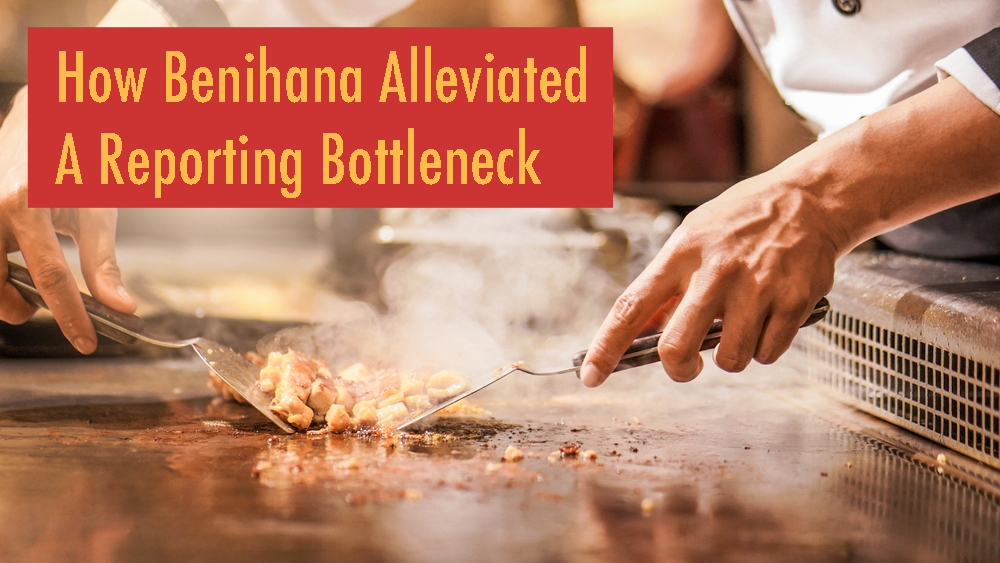

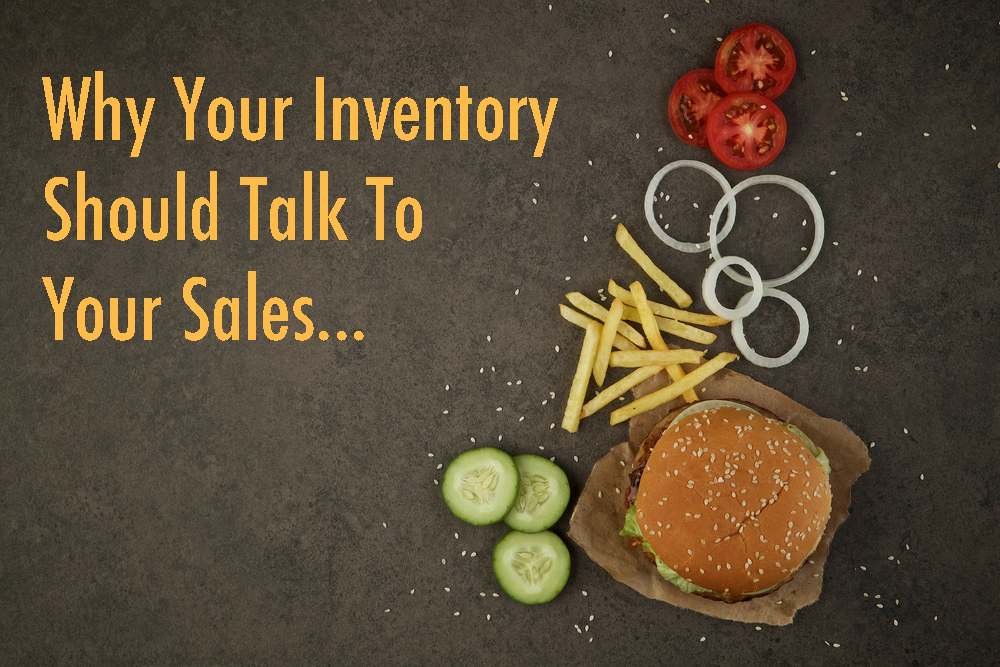
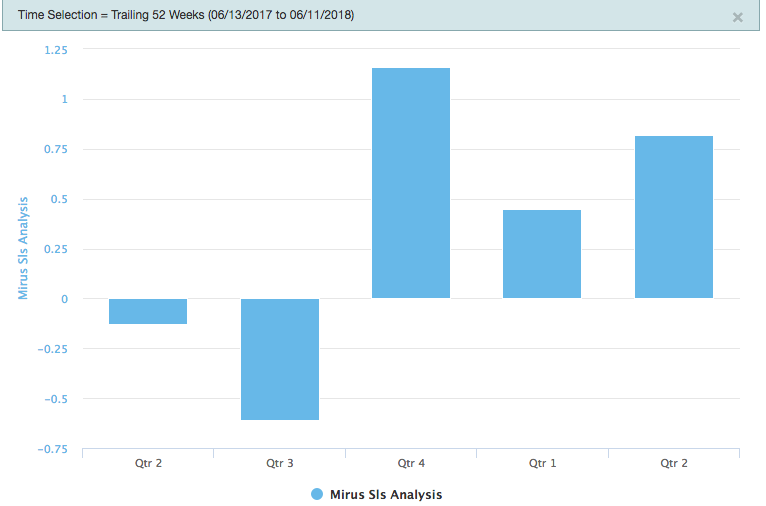
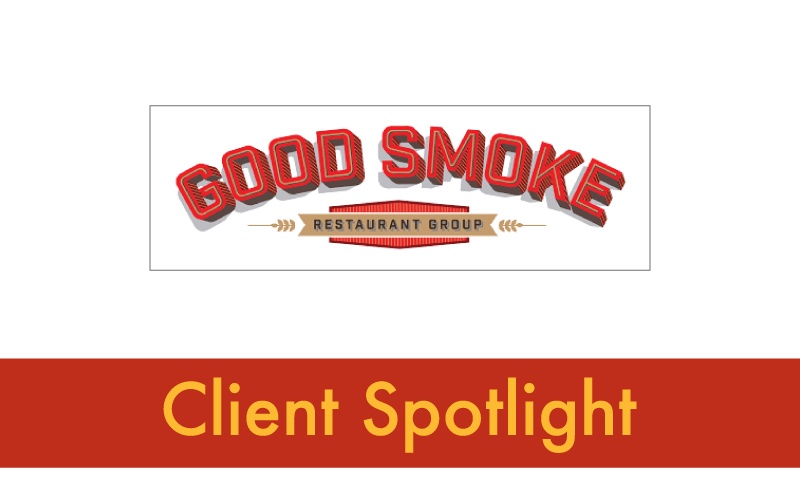

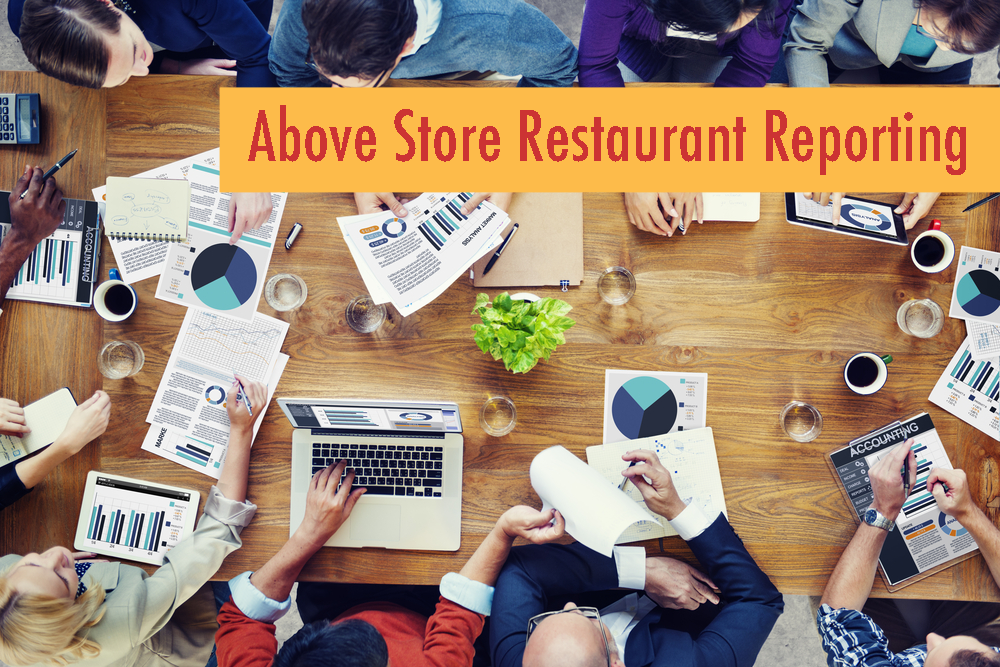
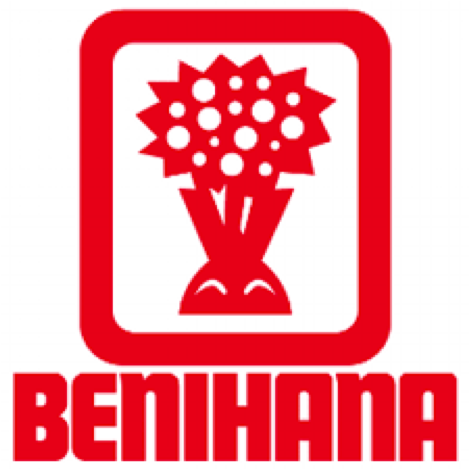
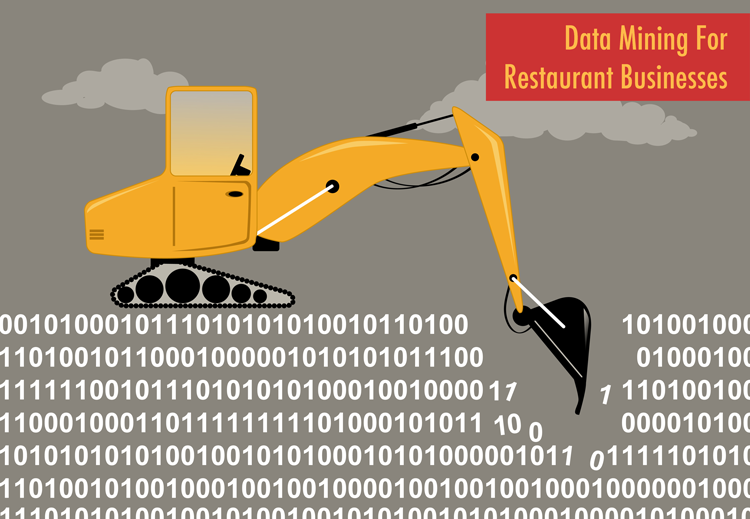





.png?width=50&height=50&name=Mirus%20Logo%20(1).png)